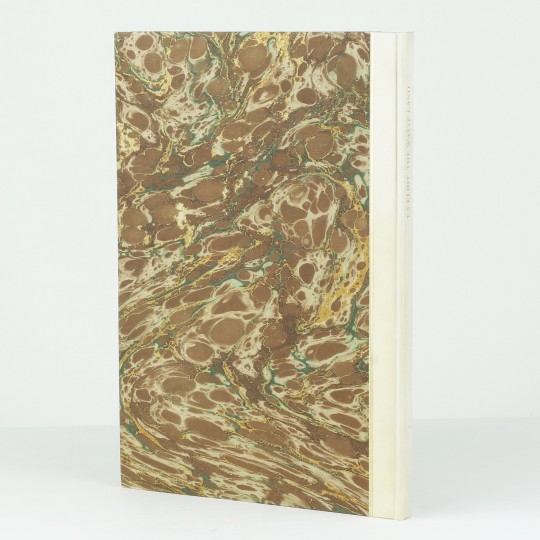
I think Marie’s sled ride is an experience of personal freedom in its modest way. They include, well, some form of ecstasy. In this first section, “The Burial of the Dead,” we have, well, what I think of as a series of preliminary statements about the poem’s aims: what it seeks, what it would gesture towards or move towards. I’ll try to talk about the poem in sequence from first section to last and at least tell you some of the ways in which I make sense of it. I began last time by talking about that first verse paragraph of the poem. “The Waste Land”: The Burial of the Dead And indeed, The Waste Land, which is a poem that in certain ways tries to imagine a form of private ritual, or at least struggles with this question, was certainly considered by some readers to be a neurotic poem.

Is it possible for the individual to produce some kind of shared patterning of experience such as ritual represents? For Freud, who is, of course, a thinker in the background of The Waste Land and all of the poetry that we’re reading and thinking about this semester, private ritual meant neurosis, sickness of a kind, some kind of derangement.

Professor Langdon Hammer: Is private ritual possible? This is a kind of oxymoron, “a private ritual,” because ritual is, or should be, precisely something that’s collective and shared. Modern Poetry ENGL 310 - Lecture 12 - T.S.


 0 kommentar(er)
0 kommentar(er)
